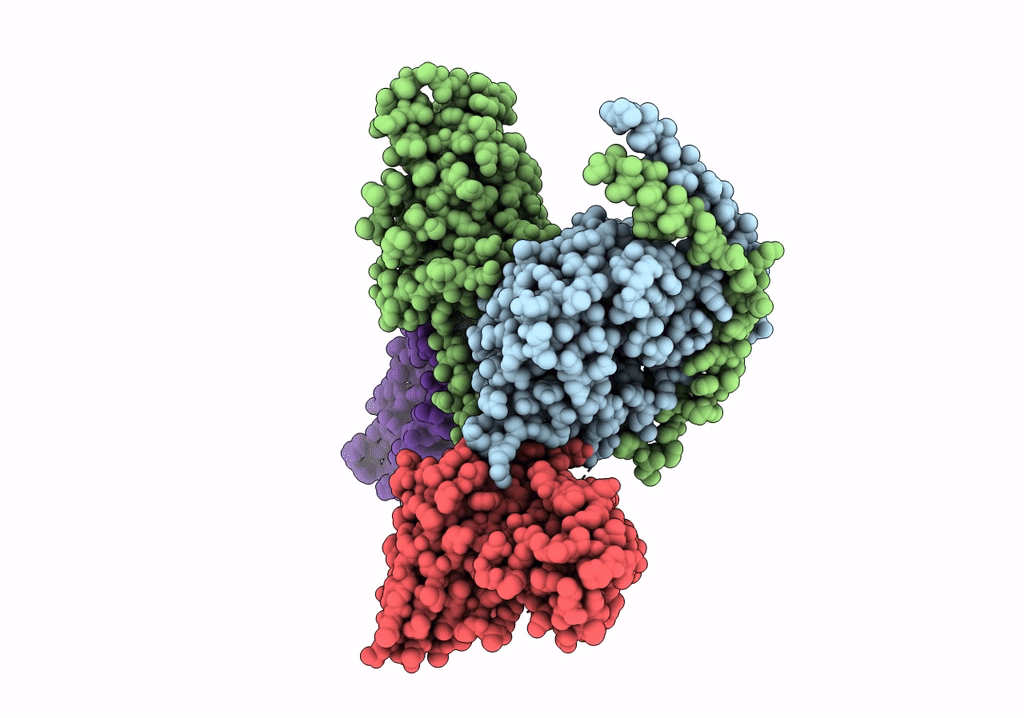
Deposition Date
2021-08-24
Release Date
2022-03-09
Last Version Date
2024-10-09
Entry Detail
PDB ID:
7RYC
Keywords:
Title:
Oxytocin receptor (OTR) bound to oxytocin in complex with a heterotrimeric Gq protein
Biological Source:
Source Organism:
Homo sapiens (Taxon ID: 9606)
Mus musculus (Taxon ID: 10090)
Mus musculus (Taxon ID: 10090)
Host Organism:
Method Details:
Experimental Method:
Resolution:
2.90 Å
Aggregation State:
PARTICLE
Reconstruction Method:
SINGLE PARTICLE


